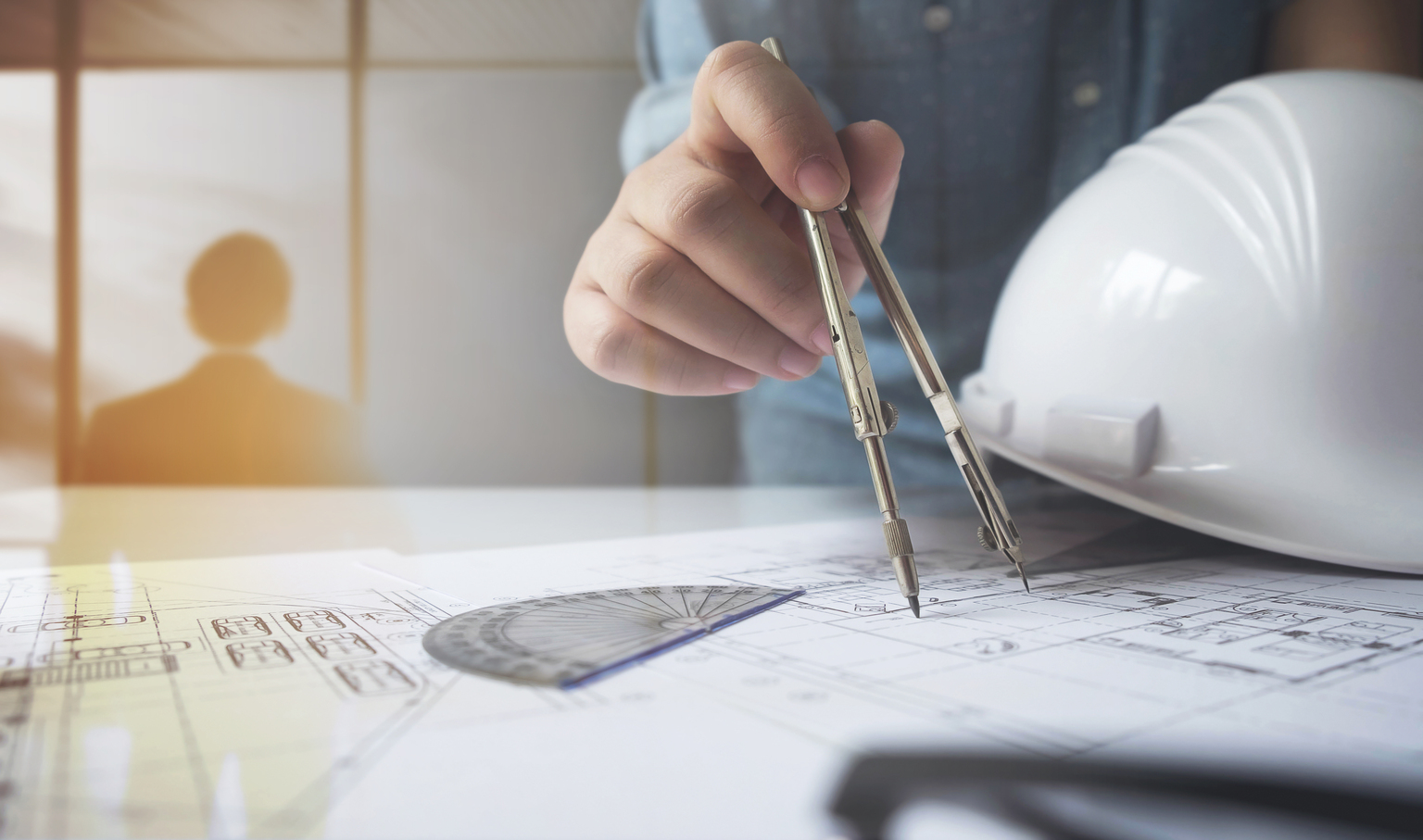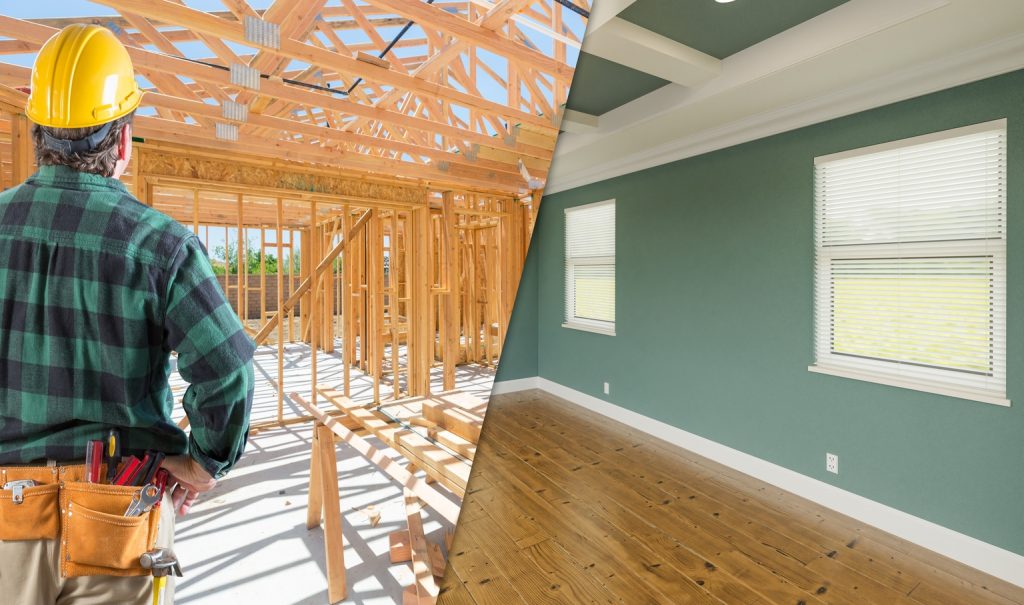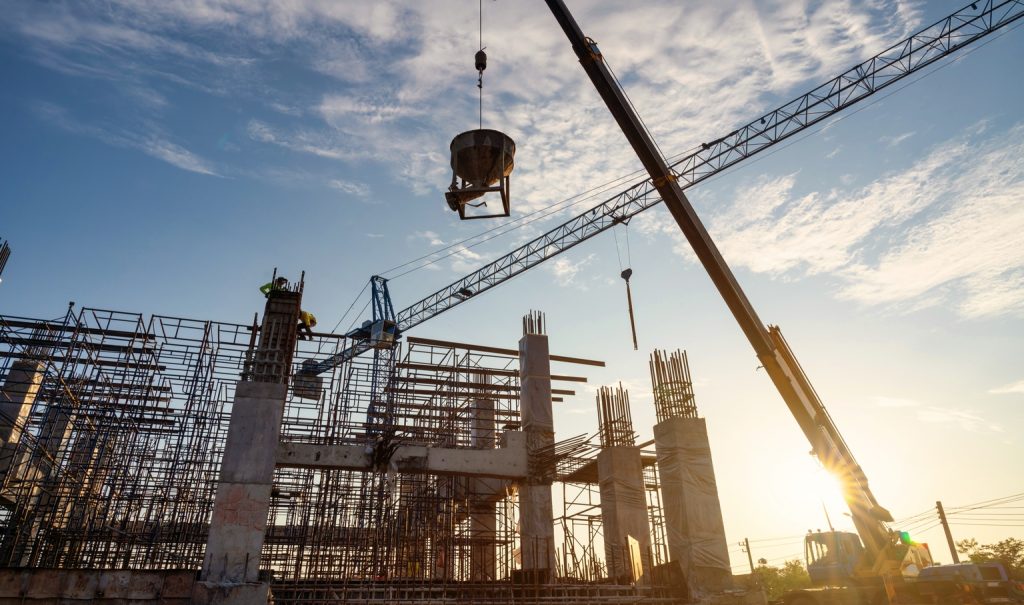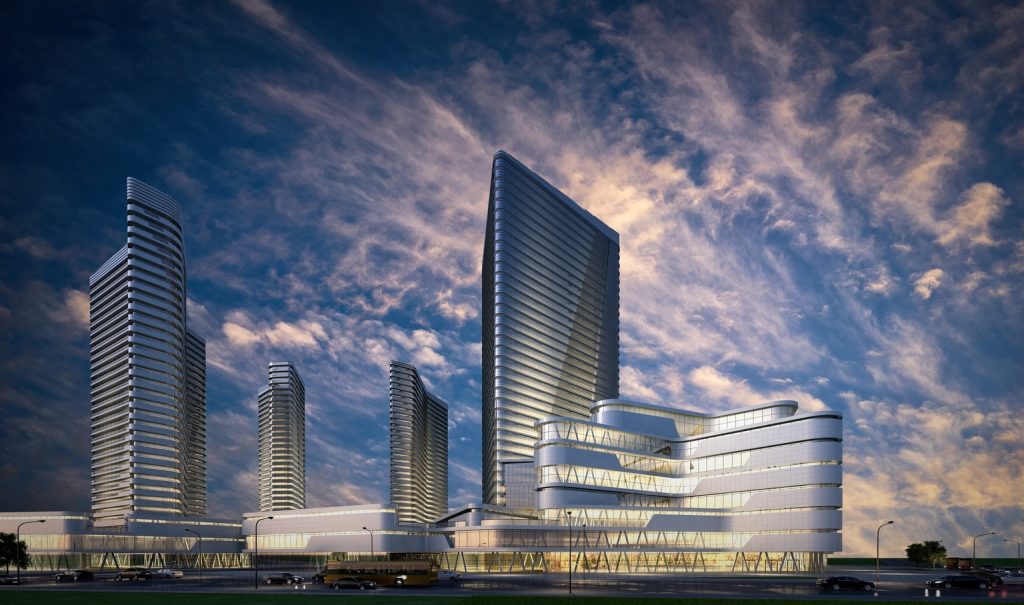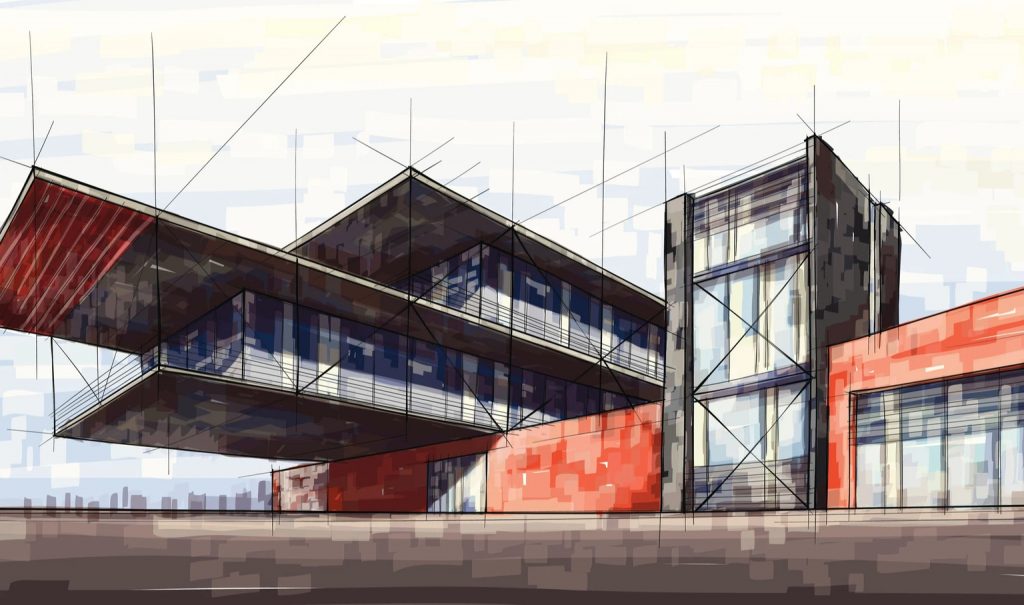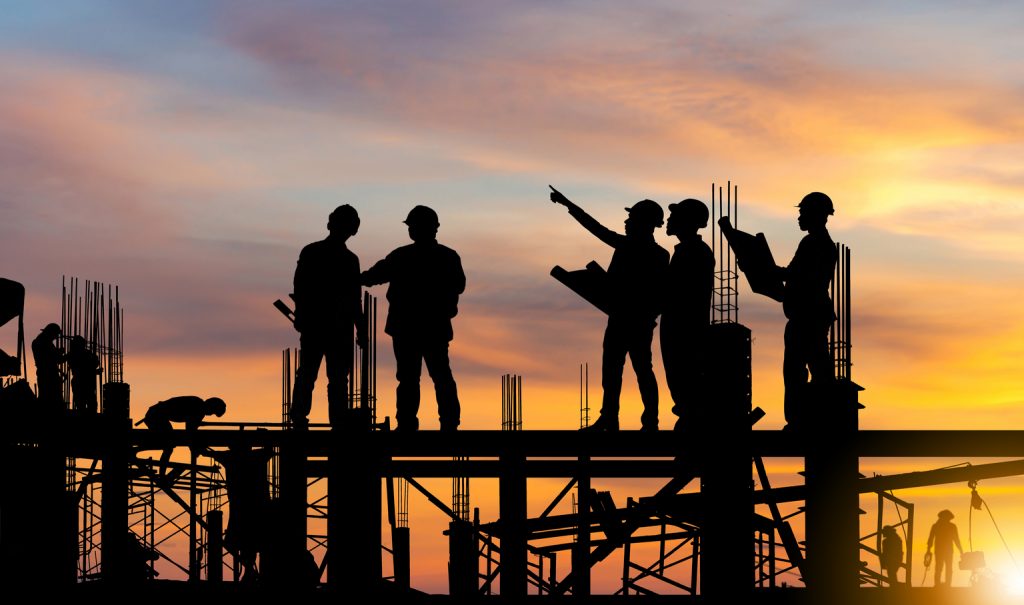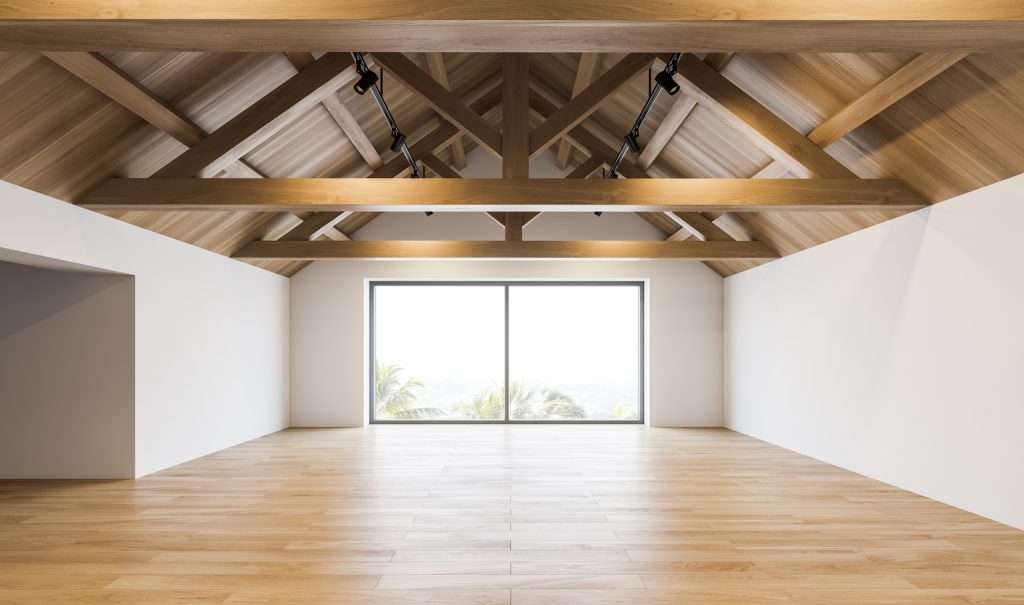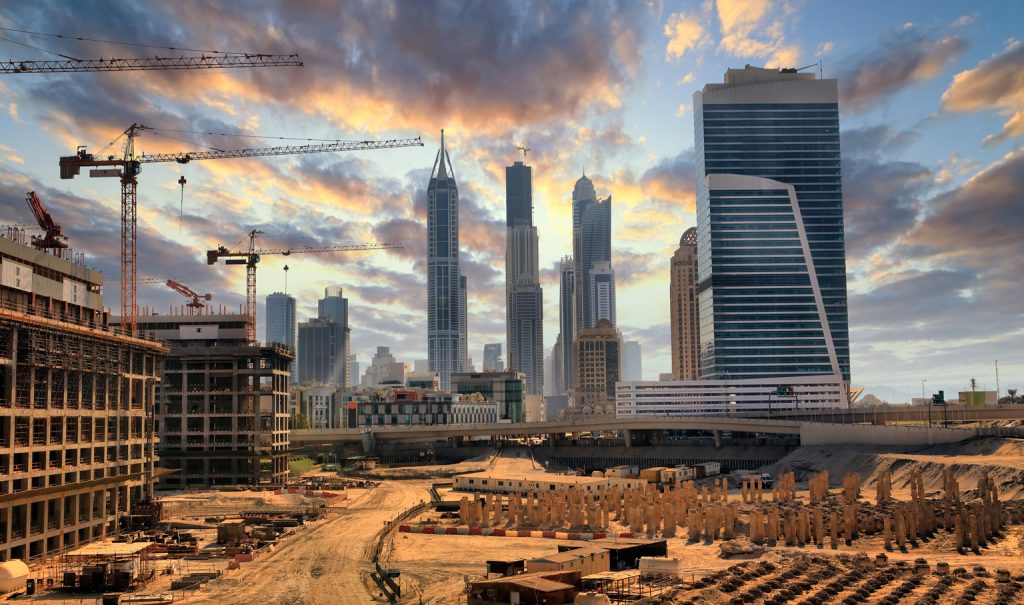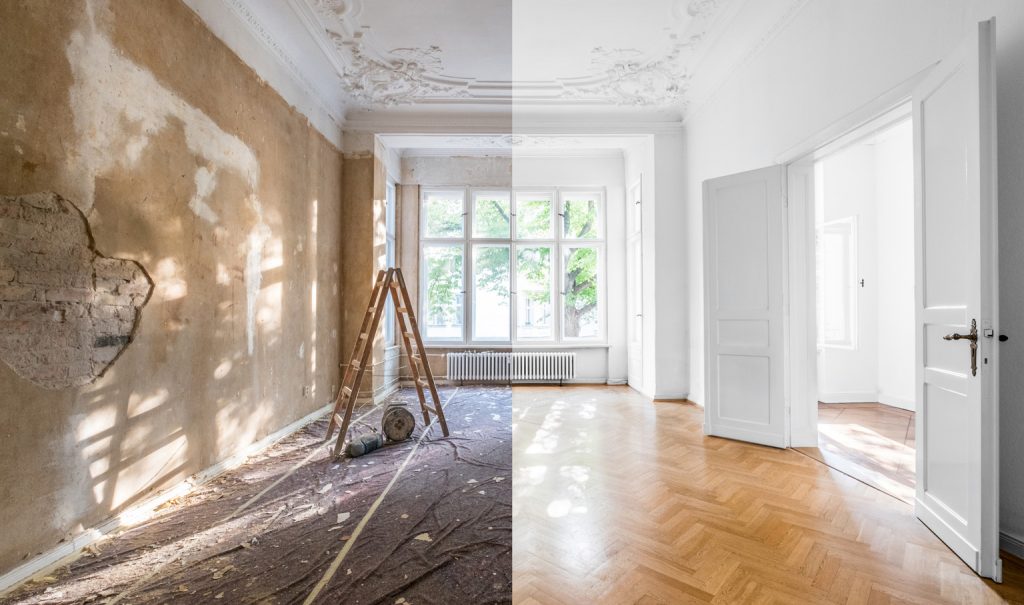Specialty construction is a dynamic field encompassing unique techniques, materials, and processes tailored to meet specific project needs. As the industry evolves, several emerging trends and innovations are driving the future of specialty construction.
Sustainable and Green Building
Sustainability is at the forefront of modern construction practices. Green building techniques are increasingly popular, aiming to reduce environmental impact and enhance energy efficiency. Zero Net Energy Buildings (NZEBs) are gaining traction, producing as much energy as they consume over a year. These buildings utilize renewable energy sources such as solar panels and wind turbines to achieve sustainability goals. Additionally, green construction involves using eco-friendly materials like cross-laminated timber and recycled content to minimize waste and carbon footprint.

Building Information Modeling (BIM)
Building Information Modeling (BIM) continues to revolutionize the construction industry. BIM involves creating digital representations of physical and functional characteristics of buildings. This technology enhances project coordination, reduces errors, and facilitates better collaboration among stakeholders. Integrating advanced data analytics and real-time collaboration tools helps in precise project visualization and efficient resource allocation.
Drones and UAVs
Drones and Unmanned Aerial Vehicles (UAVs) are becoming integral to construction projects. They are primarily used for site surveys, inspections, and creating 3D models. Drones offer amazing efficiency by providing accurate data quickly, reducing the need for manual inspections in hazardous areas. They enhance safety, improve project monitoring, and streamline the overall construction process.
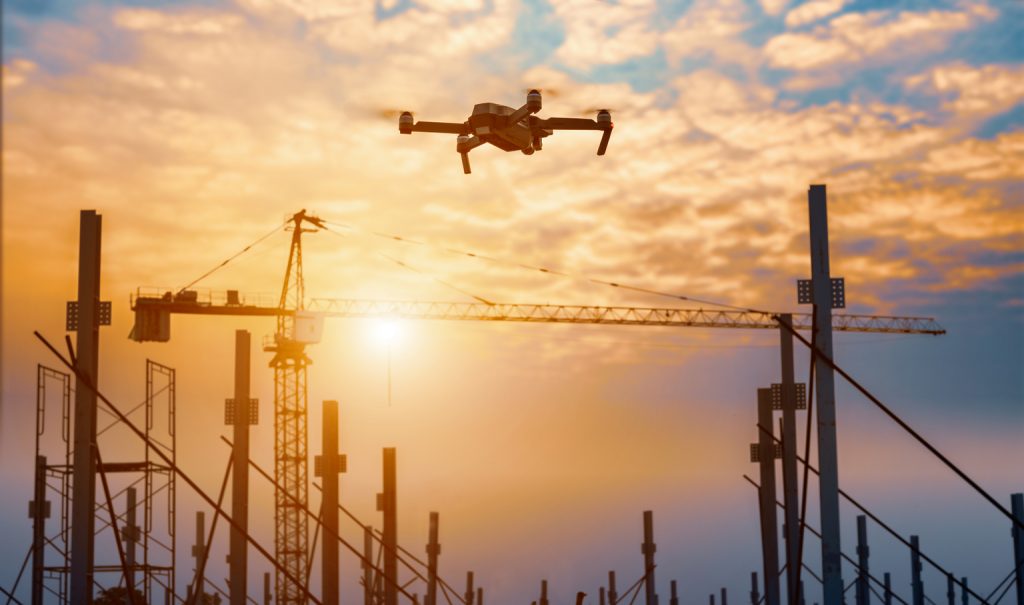
Robotics and Automation
Robotics and automation are transforming construction processes. Robots can perform repetitive and labor-intensive tasks such as bricklaying, welding, and material transport. Automation enhances productivity and safety by reducing human exposure to hazardous conditions. Robotic exoskeletons also assist workers in lifting heavy loads, addressing labor shortages and boosting efficiency.
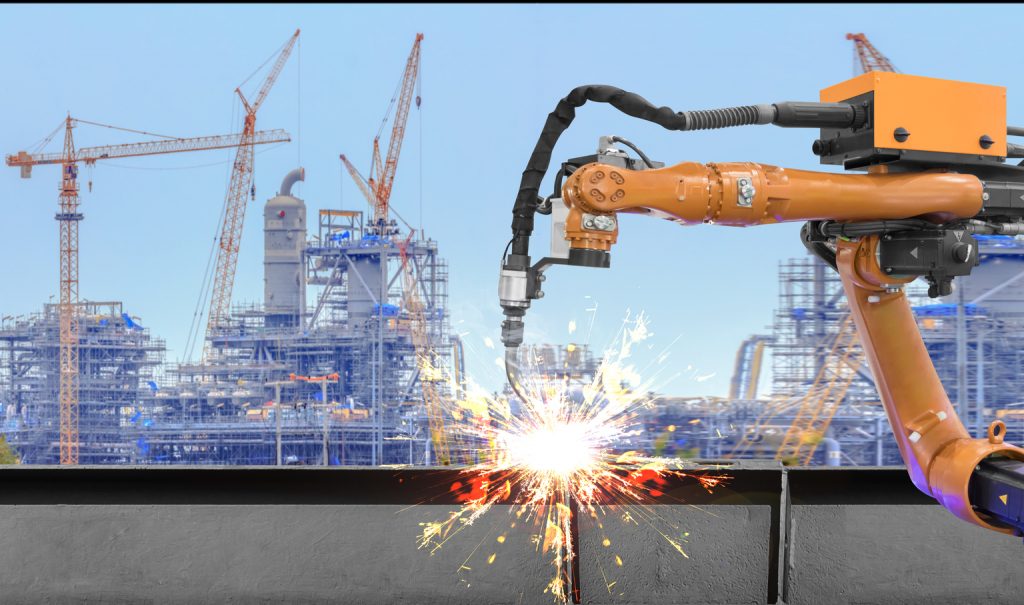
3D Printing
3D printing technology is making significant strides in the construction industry. This method enables the rapid creation of complex structures and customized components, reducing material waste and lowering costs. From printing concrete structures to intricate architectural elements, 3D printing offers new possibilities for design and sustainability.
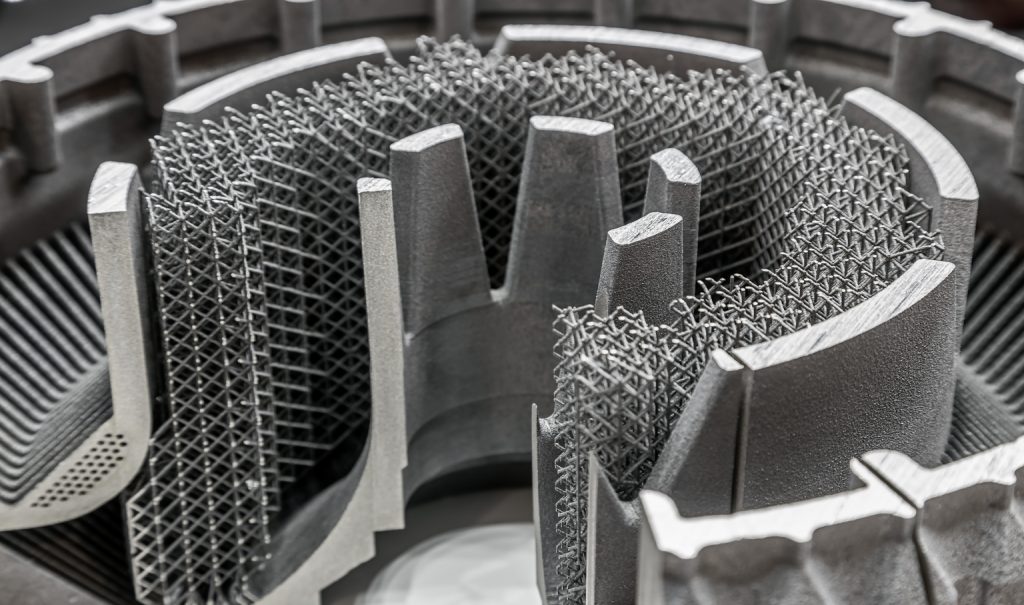
Modular and Prefabricated Construction
Modular construction and prefabrication are gaining popularity due to their efficiency and cost-effectiveness. Prefabricated modules are manufactured off-site and assembled on location, reducing construction time and waste. This method is particularly useful for residential and commercial projects, allowing for scalable and flexible design options.
Artificial Intelligence (AI) and Machine Learning
Artificial Intelligence (AI) and machine learning are increasingly used in construction for optimizing design, planning, and project management. AI algorithms analyze vast datasets to predict outcomes, identify patterns, and enhance decision-making. These technologies improve project estimation, risk evaluation, and overall efficiency, leading to cost-effective and timely project completion.
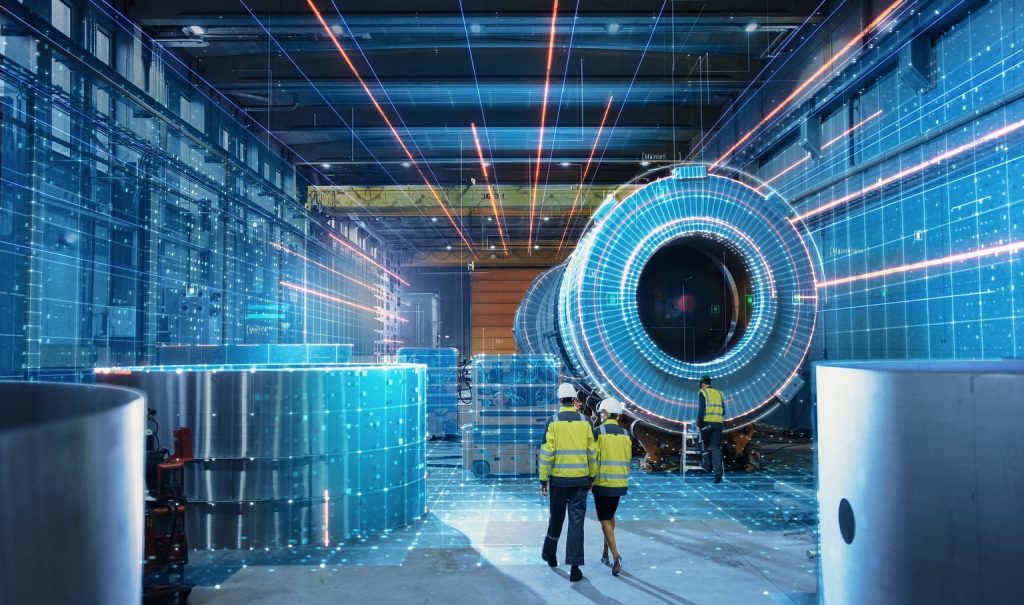
Internet of Things (IoT)
The Internet of Things (IoT) connects various devices and equipment on construction sites, enabling real-time monitoring and optimization. IoT sensors track equipment usage, monitor worker safety, and manage inventory efficiently. This comprehensive data collection and analysis facilitate predictive maintenance and proactive project management, enhancing overall productivity and safety.
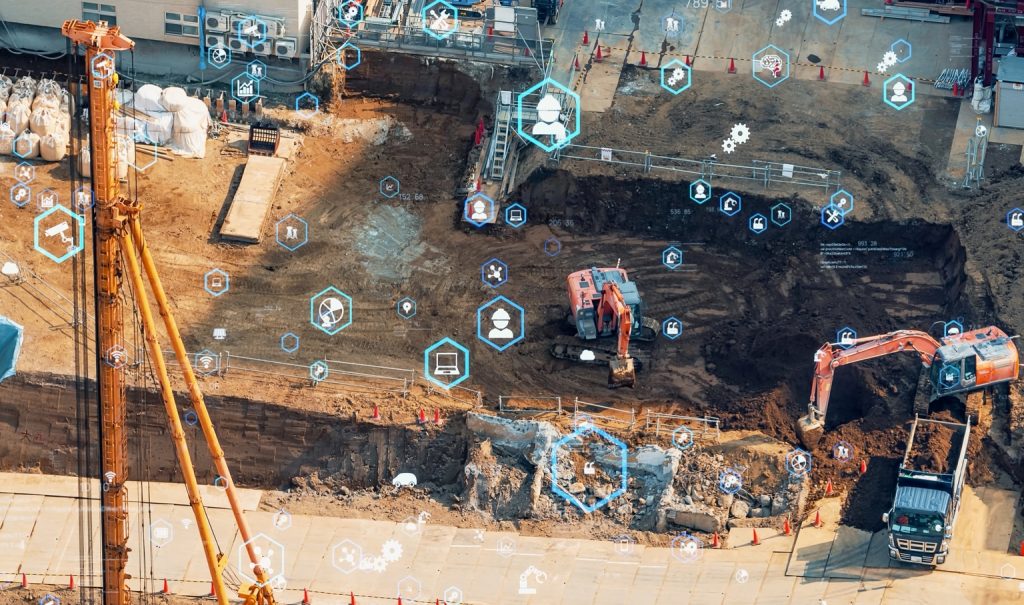
Cloud Computing and Collaboration Platforms
Cloud computing and collaboration platforms have revolutionized communication and data sharing in the construction industry. These solutions offer real-time collaboration capabilities, robust document management features, and comprehensive project tracking tools. Leveraging cloud-based innovations allows construction teams to work seamlessly and efficiently, minimizing errors and maximizing productivity.
Augmented Reality (AR) and Virtual Reality (VR)
AR and VR technologies have immense potential in construction. AR allows workers to overlay digital information onto the physical environment, enhancing their understanding of complex projects. VR creates immersive virtual environments for design visualization, virtual walkthroughs, and training simulations. These technologies improve communication, coordination, and decision-making, leading to more efficient project outcomes.
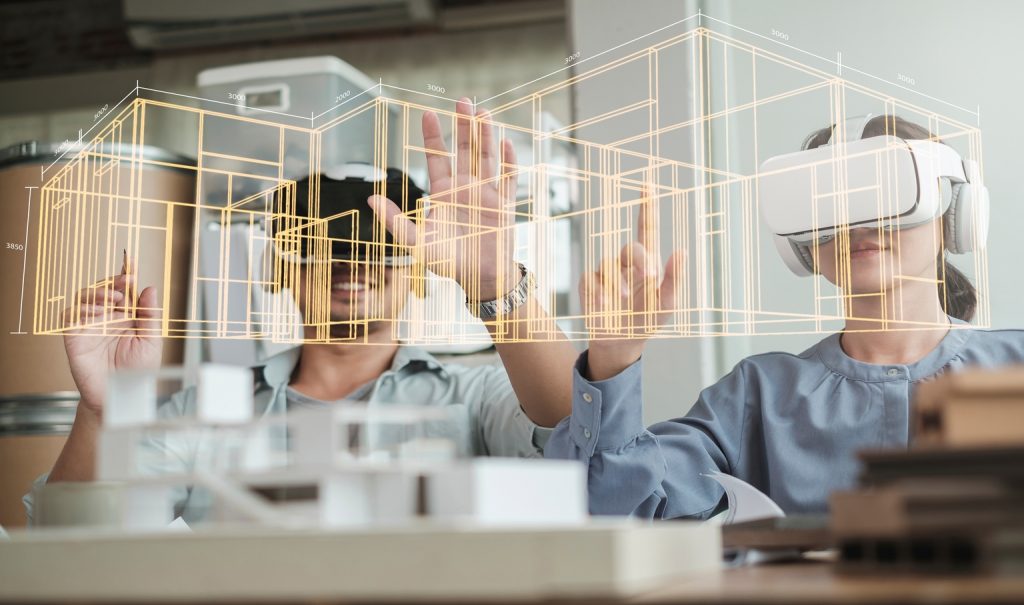
Conclusion
Specialty construction is continuously evolving with advancements in technology and sustainable practices. Embracing these trends is essential for industry professionals to stay ahead and deliver innovative solutions. As we look to the future, specialty construction will play a crucial role in shaping a more efficient, sustainable, and technologically advanced built environment.
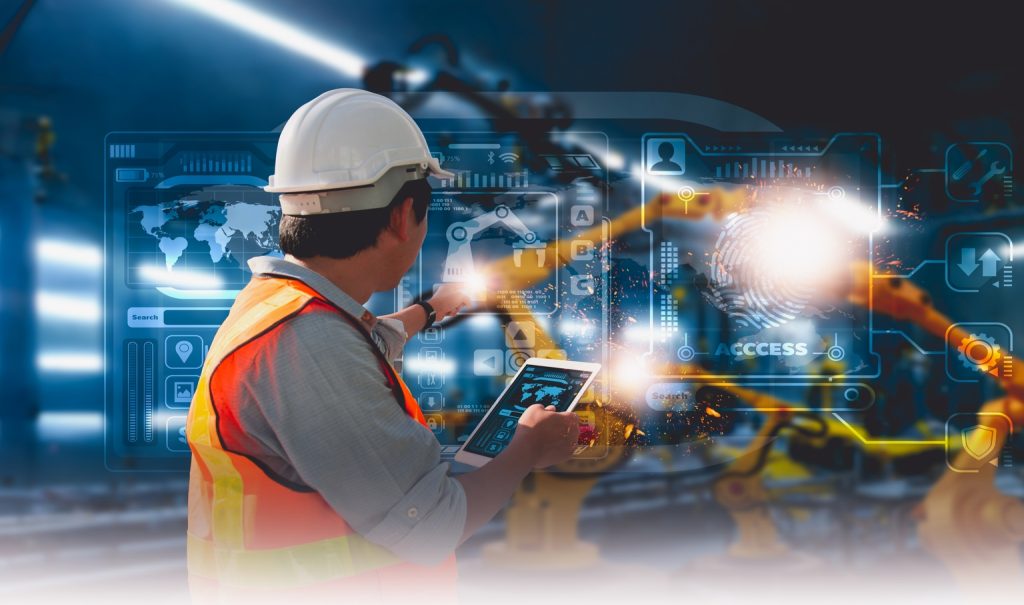
Staying informed and adaptive to these emerging trends ensures construction professionals remain at the forefront of the industry, driving progress and innovation in every project they undertake.

